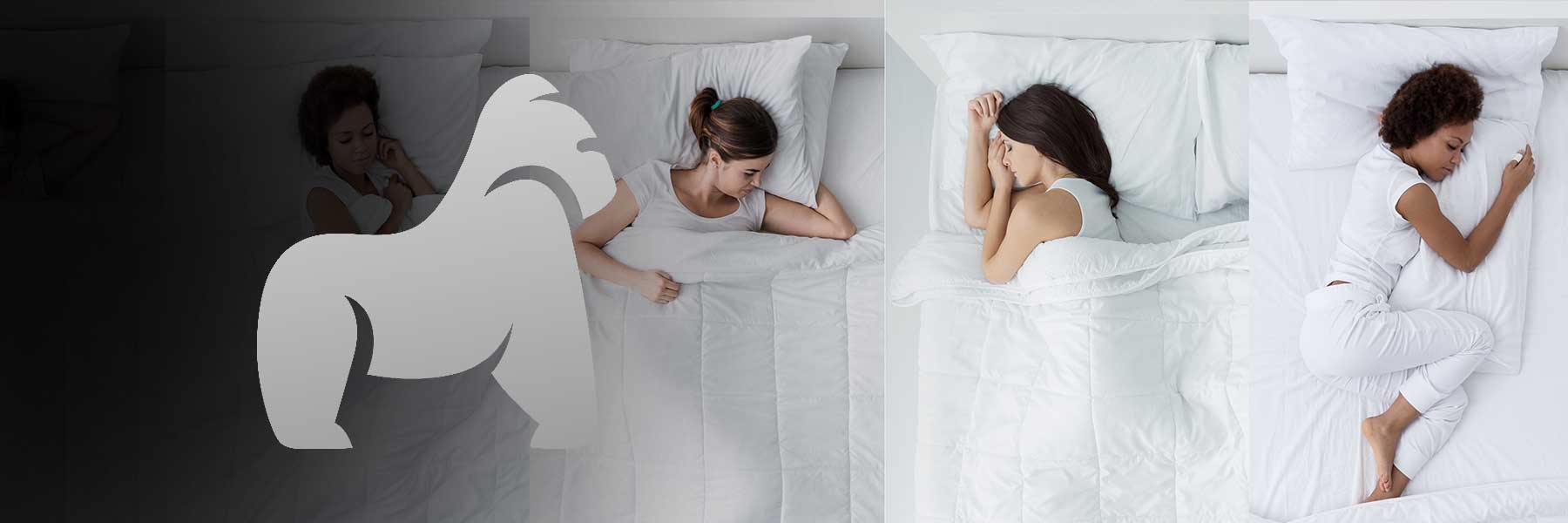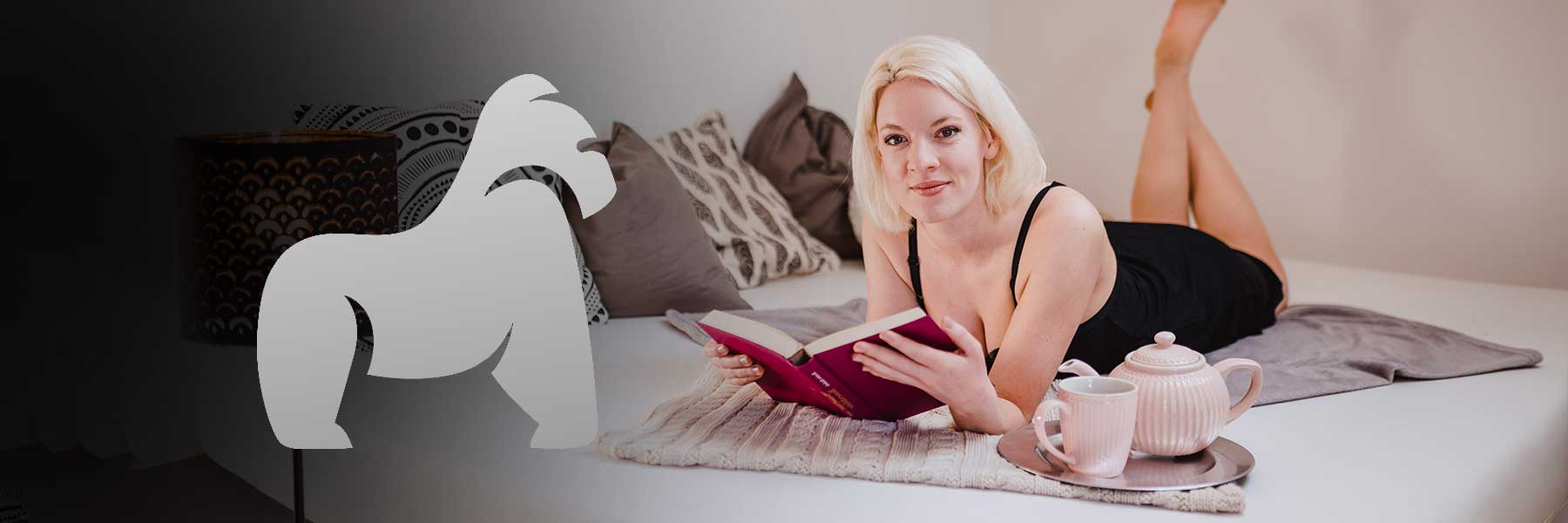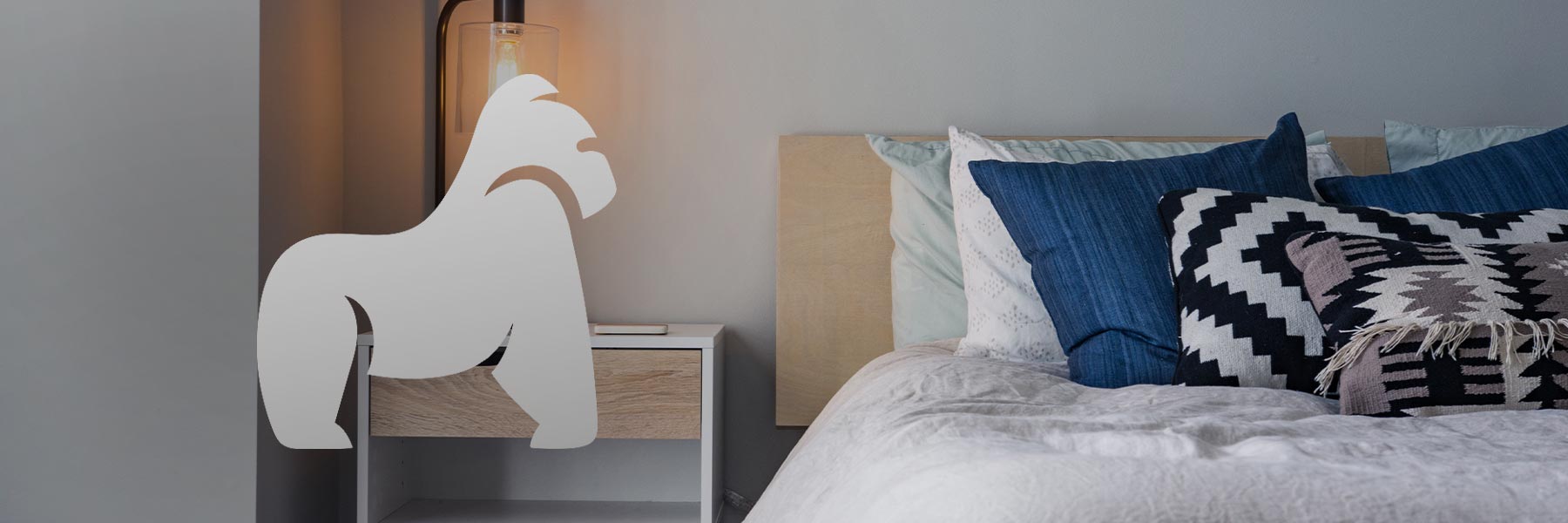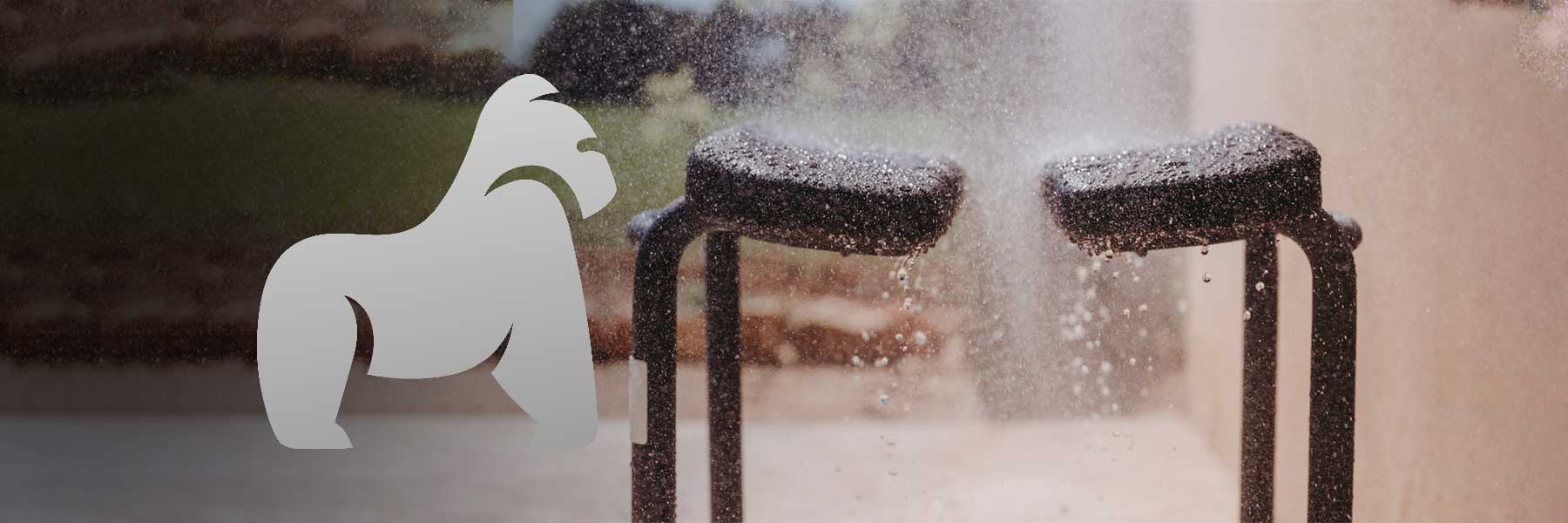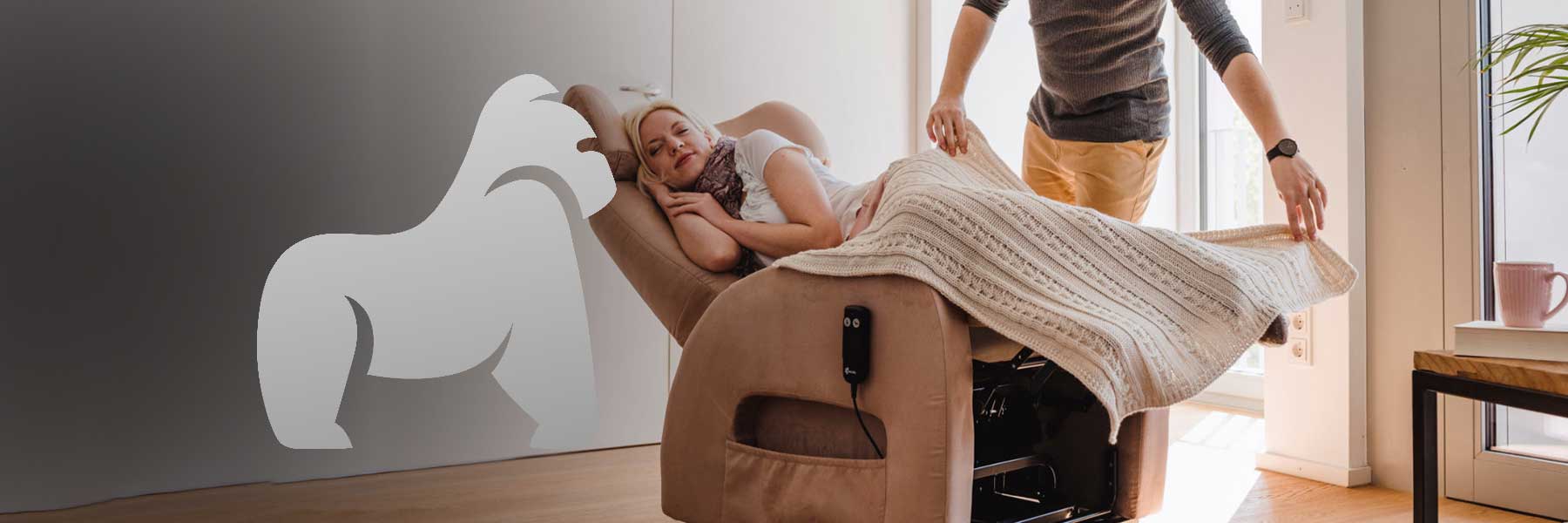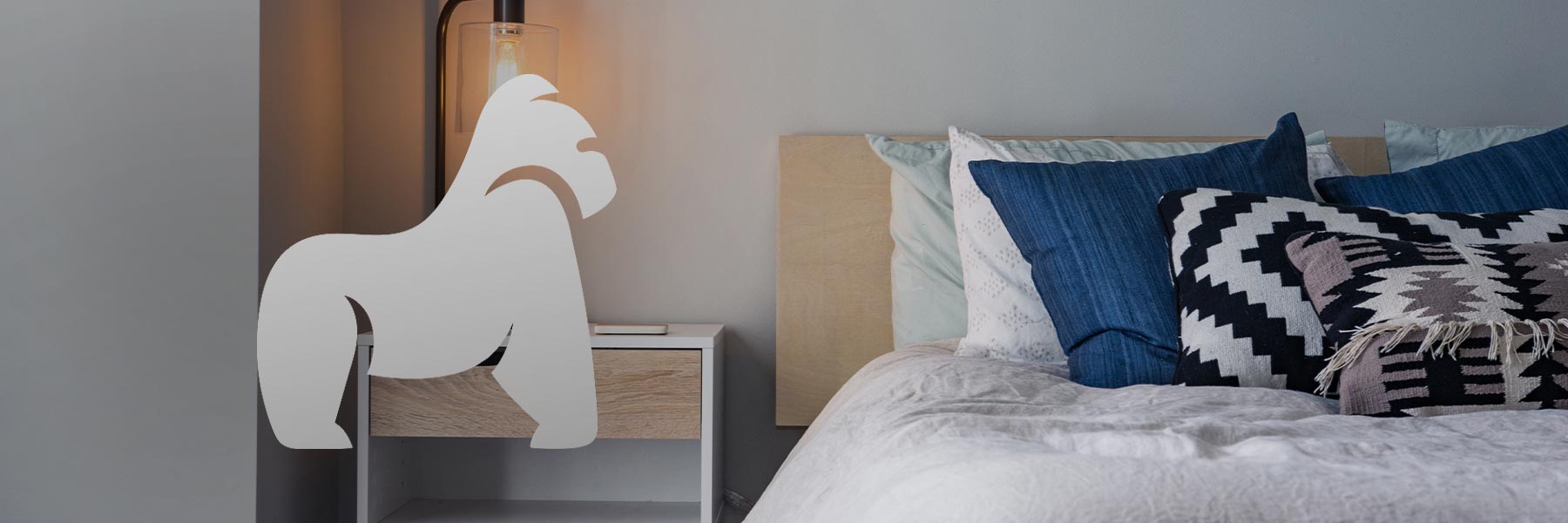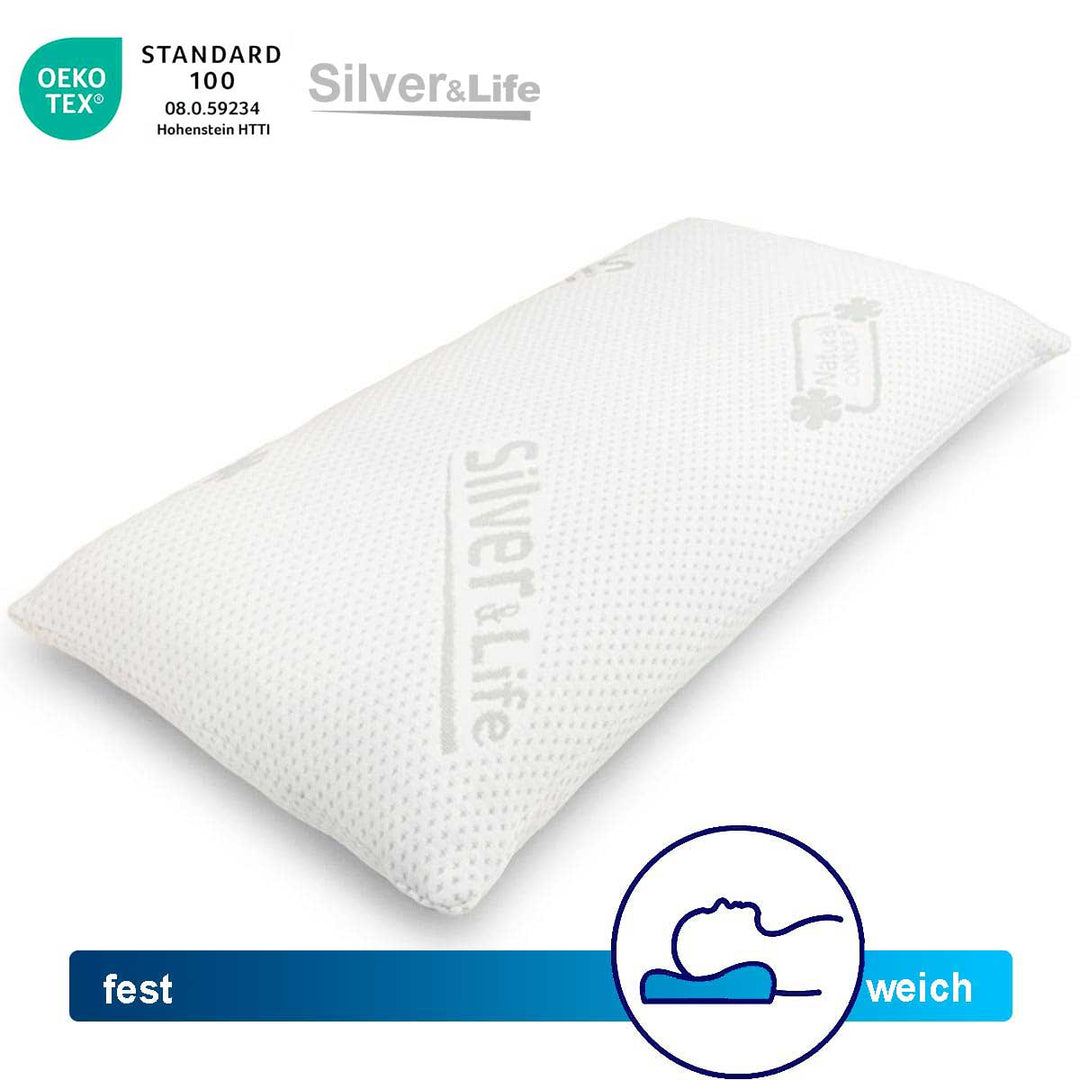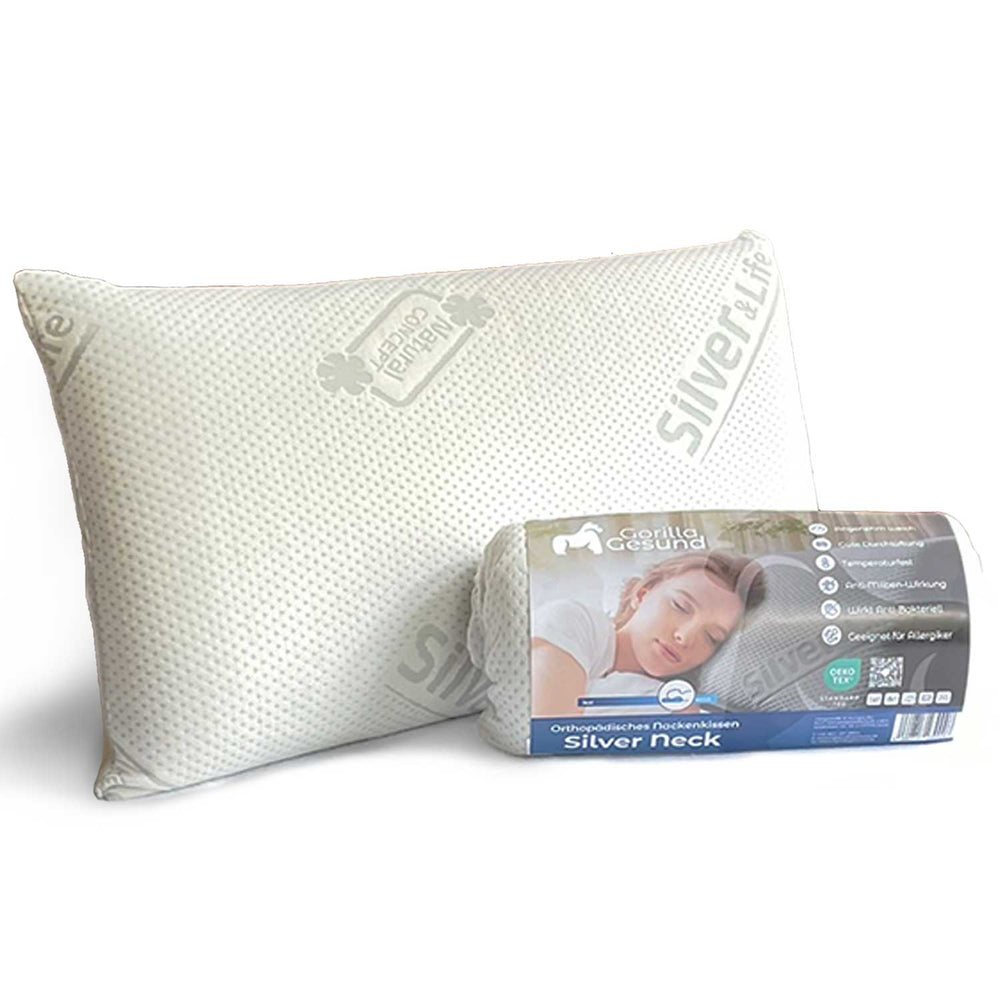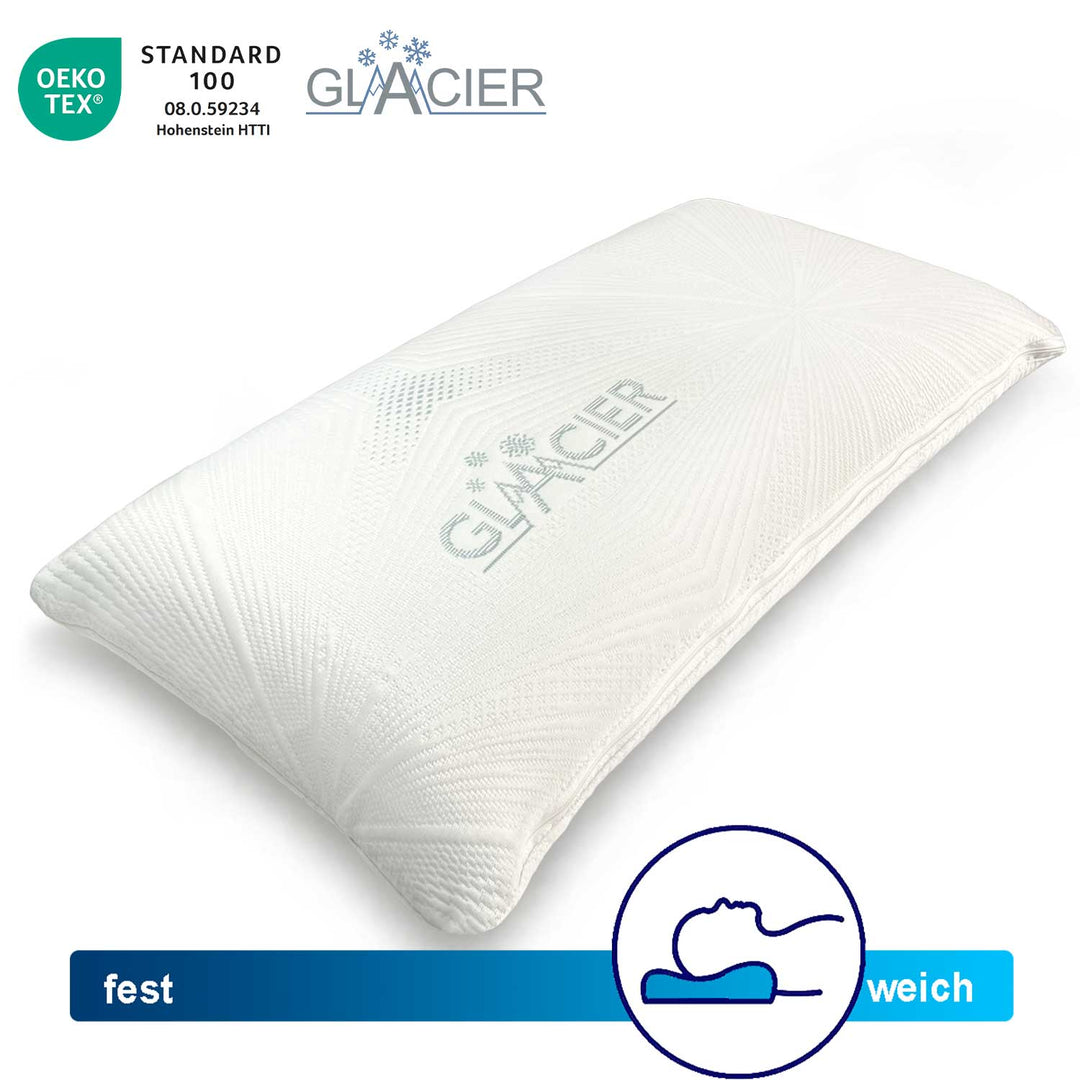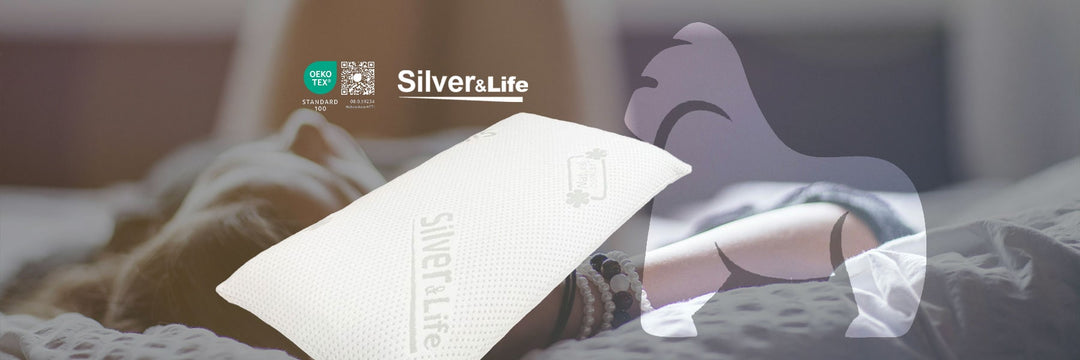
The importance of a high-quality pillow for restful sleep and how to find the right pillow
An old pillow or even the wrong pillow can negatively affect your sleep. It no longer provides adequate support. A form of "pillow" has existed for thousands of years - starting with stone pillows used for sleeping in ancient Mesopotamia around 7000 BC. These ancient pillows were certainly not comfortable and served a different purpose than today's popular pillows. Back then, stone "pillows" helped people avoid insects entering the mouth, nose, and ears during sleep - if that was even possible with a literal "hard as stone" pillow, right?
Nowadays, pillows offer comfort and support during sleep and are a billion-dollar industry. In fact, pillows have evolved so much over the years that there are many different types, including pillows designed for specific sleeping positions or to address sleep issues like excessive sweating or snoring.
When should you replace your pillow?
You've probably heard plenty of advice about when to replace a mattress or how often to wash bed linens. However, pillows are the unsung heroes of sleep and require just as much attention as the rest of your bedding, including regular replacement.
But why do we even need to replace pillows? Well, there are several reasons, but let's start with the most important one - sleep quality. An old pillow or even the wrong pillow can affect how well and how long you sleep at night. A tired, worn-out pillow no longer provides adequate support for your head and neck, which can impact your sleep quality.
Sleep tip: The right sleeping position mimics an upright posture while standing and keeps the head, neck, and spine aligned.
But there is also the "yuck" factor. Pillows are constantly busy absorbing various things. What exactly? Well, skin oils, dead skin cells, residues from facial and hair products, fungi, dust mites, and more "yuck" than you can imagine. Therefore, your favorite pillow that is already over 5 or 10 years old probably weighs more than when you bought it, thanks to all the residues accumulated inside.
How long should you keep a pillow?
Since pillows lose comfort over time and can absorb many "things," let's talk about when you should replace pillows. Now that you understand why this is necessary, how often should it happen?
Our research shows that you should replace your pillow every 2.8 years. Pillows can become old and flat and ultimately no longer provide the comfort and support we need. They can also get dirty (with all that "yuck" – dust, oils, allergens, etc.). Visual signs that it's time to replace your pillow can be sagging, lumping, or yellowing on the pillow itself.
Different pillow types and their cleaning
After showing you what your pillow absorbs every night, you might want to include regular pillow cleaning in your task schedule. However, the care and cleaning of the pillow depends on the type of pillow, e.g., down/feather pillows, memory foam pillows, etc. Here is a brief guide for each main type:
A brief note: Our cleaning recommendations should not replace the manufacturer's instructions. Always check the care instructions provided with the product.
Down or feather pillows:
- Some down/feather pillows can be cleaned in the washing machine, others should be dry cleaned.
- Wash them in the washing machine on a gentle cycle with warm water and a mild detergent.
- You may need to run the rinse cycle several times to remove all detergent residues.
- Let them air dry or use the dryer on low heat for about 20 minutes.
- Wash them every 3 to 6 months until you replace the pillow.
Memory foam pillows:
- Memory foam pillows cannot be cleaned in the washing machine or dryer.
- Spot clean stains as needed.
- Or wash them by hand every 2 months with a mild detergent and water.
- Let them air dry.
Polyester/down alternative pillows:
- Wash them in the washing machine on a gentle cycle with mild detergent and cold water.
- Dry them in the dryer on low heat.
- Wash them every 3 to 6 months.
- Down alternative pillows usually last about 1 to 2 years, while polyester pillows should be replaced every 6 months to 2 years as they are the least durable.
Latex pillows:
- Latex pillows should not be cleaned in the washing machine.
- Spot clean stains as needed or hand wash with warm water and a mild detergent.
- Clean them every 2 to 3 months.
- Do not soak them in water or wring them out to dry. Instead, lay the pillow flat to air out.
Tips for buying pillows
Now that we've uncovered the secret of a pillow's lifespan, are you ready to look for replacement pillows? Here are some tips to help you choose a dreamy option:
- Try the pillow before you buy it. Look at different fillings, styles, and shapes. If you buy online, check the return policies so you can physically try it before purchasing.
- Pay attention not only to the pillow filling but also to the material of the outer cover. These outer layers differ in softness and thickness.
- If you have allergies or asthma, consider hypoallergenic options.
- Once you have found the perfect pillow, don't plan to keep it forever. Do enough research to know what makes it special so you know which features are important to you when the materials wear out over time.
- Although pillows can be decorative, don't be tempted to buy them based on their appearance. Invest in your health and well-being by giving your head the best rest and choosing the pillow that offers the best support and sleep quality.
Even more advice on pillows?
The next time you're asked how long pillows last, you can impress with your knowledge! High-quality pillows provide your head and neck with the necessary support during sleep and promote healthy spinal alignment. We spend a large part of our lives sleeping (or at least trying to!), and a good pillow can help you achieve your sleep goals.
Do you still have questions about pillow replacement, cleaning, or other pillow-related topics? We are here for you! Discover the Gorilla Gesund blog to learn more about current sleep trends, news, expert analyses, and more. Sleep well!!!





